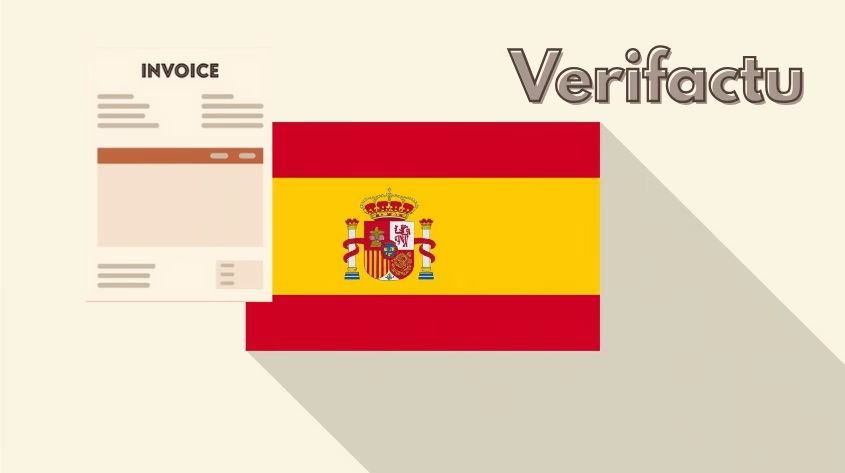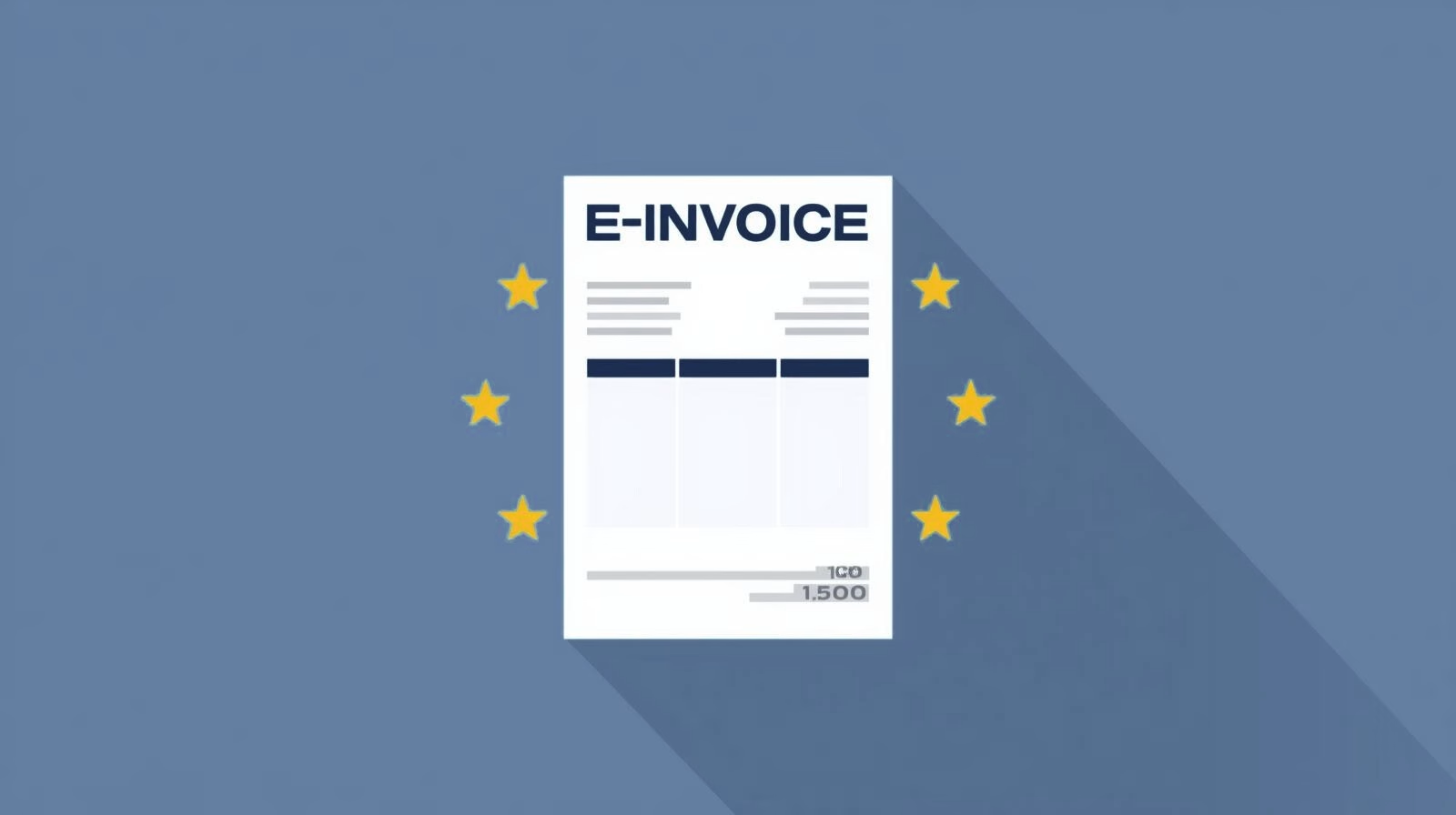
What is BWA
Benefit of the BWA
The BWA is particularly helpful for company management. With a monthly analysis, business developments can be analysed in detail and kept up to date. This analysis of company data is therefore the most important form of decision-making basis, as it is based on reliable figures. It is also advantageous to have this overview when negotiating loans, as banks always require it when making lending decisions.
Create BWA
In most cases, the BWA is integrated as a function directly in the accounting system. The standard structure comes from DATEV eG. Tax consultants or accountants, for example, use this. The structure also serves as a template for various accounting programmes. However, there are also templates for Excel, for example, which are usually only used for further analyses, for example to check whether the data is correct. There is also an Excel interface in which, as with SAP Business One, the data is imported directly from the system.
In addition to the standard version and the DATEV BWA, there are also other formats. For example, the income and expenditure BWA (for freelancers and small businesses), the BWA 02 (for doctors) or the BWA 20 (for craft businesses). There is also a separate form of BWA for tax consultants and controllers. It is also possible to adapt the respective structure to the company.
Read BWA
The best analysis functions of a system are of little use if you can't read them. This is because a mere snapshot of a company's cost and revenue situation does not provide much relevant information at first. Only when you formulate specific questions and compare different variables or periods with each other does the information become so clear that it can be used for decision-making. For example, you could ask how the company has developed compared to the previous month and the previous year. Did the company fall short of or exceed targets last month? When else did this happen? etc.
There are already templates for many BWA questions, such as the one from the Federal Ministry for Economic Affairs and Energy. The form shows a template that can be used to draw up monthly or annual comparisons, for example.
These questions are already integrated in systems such as SAP Business One. Business analyses and period comparisons are easily queried directly in the system; business units, projects, products, etc. can be evaluated individually and filtered according to certain aspects. The big advantage: in contrast to a "simple" BWA, relevant results can be called up at any time, as the current figures naturally influence the results again and again. It also makes sense to create an annual analysis for long-term developments. However, short-term analyses can have a significant influence on the management of the company. This allows managing directors to react in good time and take countermeasures or provide support where necessary.

Verifactu in Spain: the new invoicing obligation

The e-invoicing regulations in Europe

Versino Financial Suite V09.2025 for SAP Business One

Accounting outsourcing: Why it pays off for SMEs

CANDIS for SAP Business One



